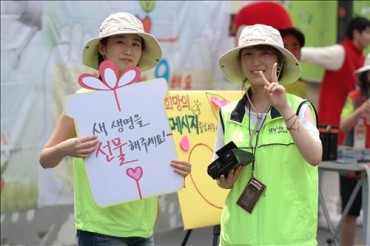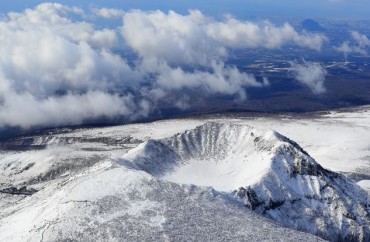
The two subterranean rivers for drainage purposes were built before and after 1910 by employing modern technology based on existing subsoil water streams. (image: Seoul Metropolitan City Government)
SEOUL, July 14 (Korea Bizwire) — The Seoul Metropolitan City Government said on July 13 that it has designated two underground waterways newly discovered in downtown Seoul as the city’s monuments (Nos. 38 and 39). The two subterranean rivers for drainage purposes were built before and after 1910 by employing modern technology based on existing subsoil water streams.
The 190.9-meter waterway underneath Seoul Plaza (Seoul City Monument No. 38) right in front of the Seoul City Hall is made of red bricks. The sewer system underneath Namdaemun Road consists of 461.3 meters of a red brick structure and 27.3 meters of a quarried stone section. The structures have still been in use for draining rainwater and domestic sewage nearby.
The waterways are in a variety of forms and shapes, including circular- and ellipse-shaped brick structures. Bricks along the corridors are finished with mortar so that the water can flow without leak. The points at which water merges are built in curved shapes so that the water can flow smoothly. In corners of the corridors, wedge-shaped bricks are used to maximize the width of the waterway.
As most sections of the waterways would be invisible to the public, the Seoul city government will create a one-third miniature model of the portion where water merges and put it on display in Seoul Plaza.
Lee Jin-yong, Seoul city government’s manager in charge of water recycling, said, “The early 20th century underground waterways designated as the city’s monuments are important historically. We will keep working with experts to find more waterways within our jurisdiction and designate as historical monuments.”
Written by Sean Chung (schung10@koreabizwire.com)
Lifestyle (Follow us @Lifestylenews_Korea)






